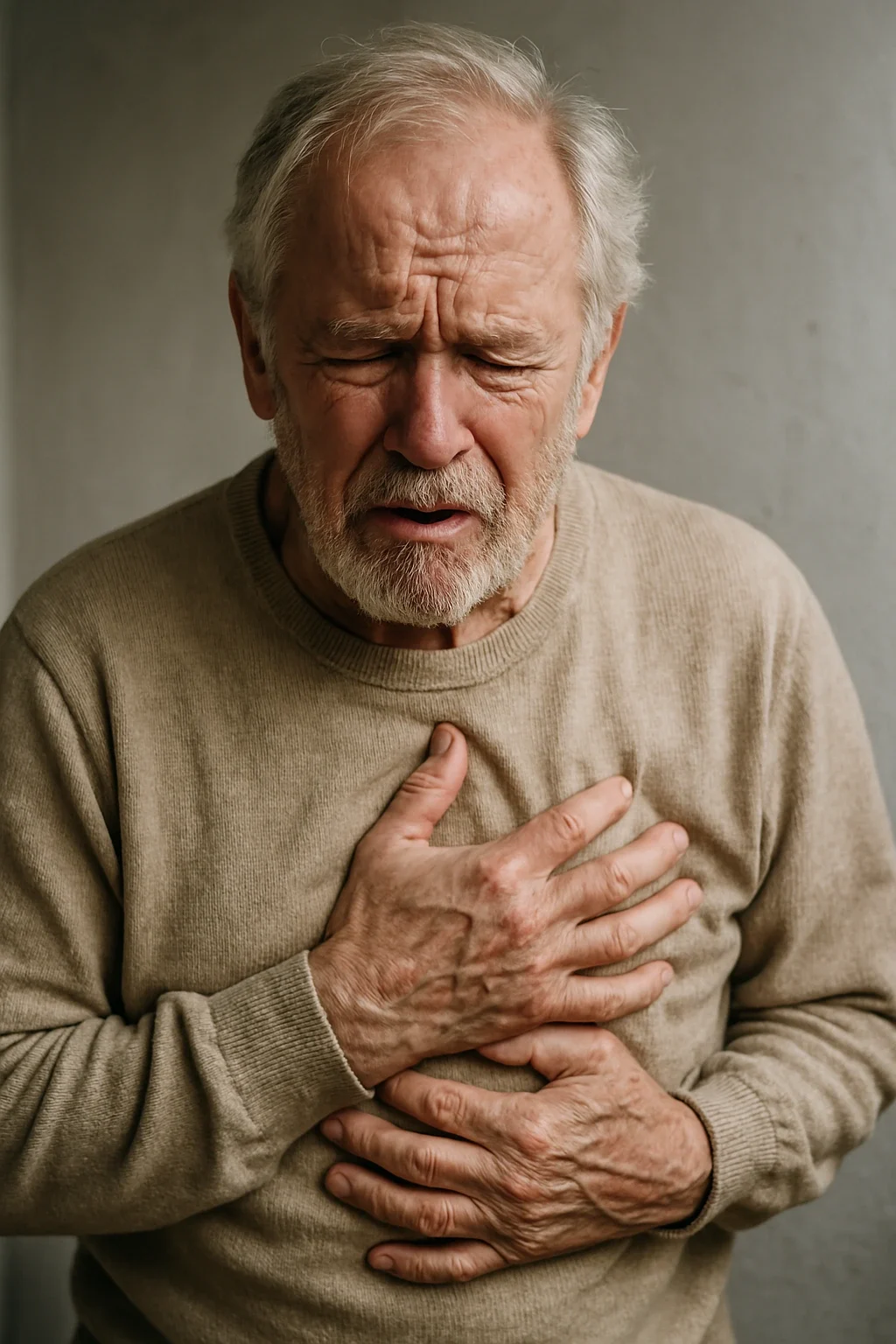Typical and atypical chest pain are terms used to describe different types of discomfort in the chest, often with varying implications for health.
Typical Chest Pain
Definition and Characteristics
Typical chest pain, often referred to as angina, is characterized by three specific features:
- Location: The pain is usually felt in the center of the chest, beneath the sternum.
- Triggers: It is typically provoked by physical exertion or emotional stress.
- Relief: Symptoms usually subside with rest or after taking medications like nitrates.
Patients often describe this pain as a sensation of pressure, tightness, or heaviness. It may also radiate to other areas such as the arms, neck, jaw, or back.
Atypical Chest Pain
Definition and Characteristics
Atypical chest pain does not meet all the criteria for typical chest pain. It is defined as having only two or none of the following characteristics:
- Location: The pain may occur anywhere in the chest and can be described as burning, stabbing, or aching.
- Triggers: It may not necessarily be triggered by exertion or stress.
- Relief: Relief from rest or nitrates may not occur.
Atypical chest pain can arise from various causes, including:
- Gastrointestinal Issues: Such as acid reflux or indigestion.
- Musculoskeletal Problems: Conditions like costochondritis or rib injuries can lead to atypical pain.
- Lung Conditions: Pneumonia, pulmonary embolism, or lung cancer may also manifest as atypical chest pain.
Importance of Differentiation
Recognizing the differences between typical and atypical chest pain is crucial for diagnosis and treatment. While typical chest pain is often associated with cardiac issues such as myocardial ischemia, atypical chest pain can stem from a broader range of conditions. Misdiagnosis can lead to delays in necessary treatment, particularly in cases where atypical symptoms are present.
In summary, understanding these distinctions helps guide appropriate medical evaluation and intervention. If experiencing any form of chest pain, especially if it is new or unusual, seeking medical attention is essential.


Leave a Reply